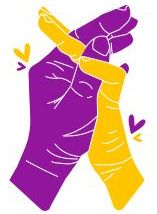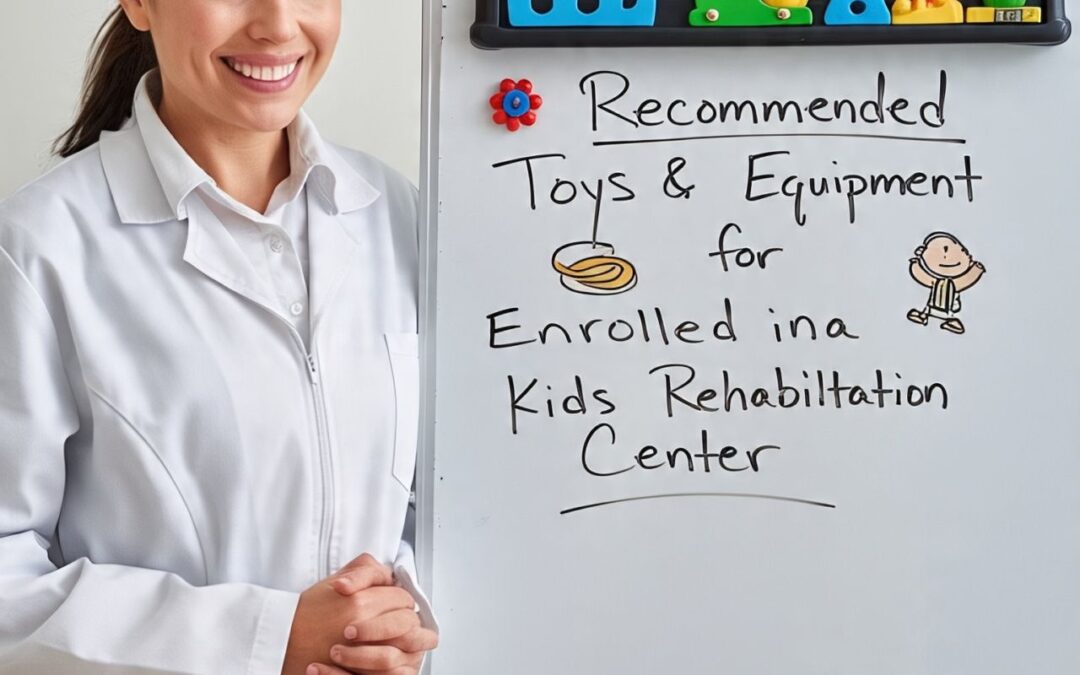
Supporting a child’s development through rehabilitation doesn’t mean putting play on pause—in fact, play is a core part of how children learn, grow, and heal. At a kids’ rehabilitation center, we incorporate therapeutic toys and adaptive equipment that turn exercises into engaging, motivating experiences. Below is a list of recommended toys and equipment that promote physical, cognitive, and sensory development, both in therapy sessions and at home.
🧠 Cognitive & Fine Motor Development Toys
These help with problem-solving, hand-eye coordination, and small muscle control:
- Peg Boards – For improving pincer grasp and visual-motor coordination
- Lacing Beads & Cards – Develop fine motor control and bilateral hand use
- Puzzles (Chunky, 3D, or Wooden) – Enhance problem-solving and spatial awareness
- Shape Sorters – Great for early cognitive skills and hand manipulation
- Stacking Cups & Rings – Encourage precision, planning, and balance
🏃 Gross Motor & Balance Equipment
Ideal for building strength, posture, and coordination:
- Therapy Balls / Peanut Balls – Used for core strength, balance, and posture exercises
- Balance Boards & Wobble Cushions – Help with coordination, proprioception, and core stability
- Foam Climbing Blocks – Soft structures to encourage crawling, climbing, and muscle activation
- Trampolines (Mini with Handle) – Boosts lower body strength and vestibular input
- Scooter Boards – Improve upper body coordination, core control, and bilateral movement
🗣️ Speech & Oral Motor Tools
For kids receiving speech therapy or oral-motor work:
- Blow Toys (whistles, pinwheels, bubbles) – Promote breath control and oral strength
- Chewy Tubes & Oral Motor Tools – Help with jaw strength, chewing, and oral awareness
- Sound-Activated Toys – Encourage vocalization and turn-taking
👋 Sensory Integration Toys
Used to calm, stimulate, or regulate the sensory system:
- Fidget Toys (spinners, pop-its, squishies) – Provide tactile input and improve focus
- Weighted Blankets or Lap Pads – Support proprioception and calm overstimulated systems
- Textured Balls or Sensory Mats – Introduce varied tactile input
- Liquid Motion Timers – Help with visual tracking and calming
- Swing Sets (therapy or cocoon swings) – Great for vestibular input and self-regulation
🎮 Tech & Assistive Tools
Technology can enhance engagement, especially for kids with communication or mobility challenges:
- Adaptive Switch Toys – Toys adapted with switches for kids with limited motor control
- iPads/Tablets with Therapy Apps – Apps for speech, motor planning, and learning
- Augmentative & Alternative Communication (AAC) Devices – For non-verbal or speech-delayed children
🏠 Adaptive Daily Living Tools
For encouraging independence at home and school:
- Built-Up Grips for Pencils or Utensils – Make grasping easier
- Velcro Fasteners & Dressing Boards – Teach self-dressing skills
- Adaptive Scissors – Help kids with limited hand strength
- Step Stools with Rails – Support bathroom or kitchen independence
💡 Tips for Choosing Toys & Equipment
- Go age-appropriate, but ability-focused
- Choose open-ended toys that allow for various uses and creativity
- Prioritize safety and durability
- Ask your therapist—they may tailor toy recommendations based on your child’s current goals
Final Thought:
Every toy becomes a tool when it’s used with purpose. At our rehabilitation center, play is therapy, and therapy is play. The right tools can spark joy, encourage movement, and inspire progress in remarkable ways.


